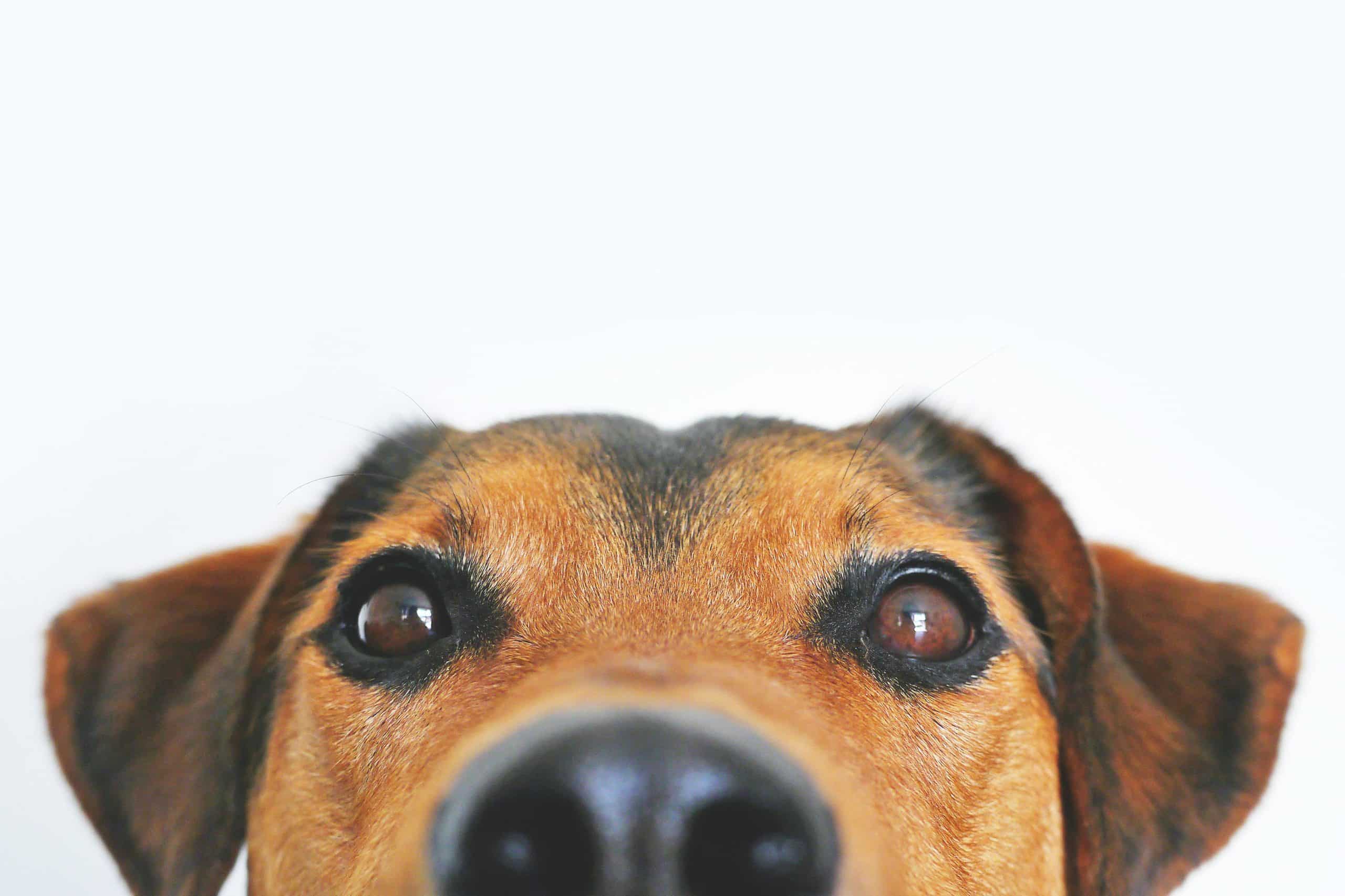What’s the Best Way to Address Resource Guarding in Dogs?

Resource guarding in dogs is an instinctive, defensive behaviour. Often misconstrued as aggression, it is merely a dog’s way of protecting its valued resources. These resources could include food, toys, or a favourite resting spot. While this behaviour may be deemed natural in wild canines, it can pose a problem in a domestic setting.
In this article, we will delve into the details of resource guarding, its triggers, and most importantly, different approaches you may adopt to manage and modify your pet’s behaviour. We will also look at the role of training in dealing with resource guarding in dogs.
Also read : How to Design a DIY Agility Course for Dogs in a Small Backyard?
Understanding Resource Guarding Behaviour
Before we look at the ways to address resource guarding, it’s essential to understand what it entails. Dogs are instinctively wired to protect their resources. This behaviour can manifest itself in various forms, ranging from growling when another pet or a human approaches their food bowl, to biting or snapping when someone tries to take away a treasured toy.
In understanding this behaviour, remember that it arises from fear rather than aggression. Your dog is merely fearful of losing a valuable item, be it a treat, toy, or even your attention. It is not a sign of a bad dog, rather a behaviour that needs to be understood and addressed.
Also to discover : What Are the Best Hypoallergenic Cat Breeds for Allergic Owners?
Identifying Triggers of Resource Guarding
Identifying what triggers resource guarding in your pet is the first step towards addressing this behaviour. The triggers could vary with different dogs. For some, it might be their food. Others may guard toys, chew items, or even their sleeping spot. It’s not just tangible items. Some dogs may also guard their favourite human or even another pet from other family members.
Observing your pet carefully can help you identify these triggers. Is your pet uncomfortable when you’re near their food bowl? Or do they become tense when another pet approaches their favourite toy? These observations will help you understand your dog’s behaviour better and formulate an effective plan to address resource guarding.
Approaches to Address Resource Guarding
Once you’ve identified the triggers, the next step is to work on addressing this behaviour. Patience is key here. Remember, resource guarding is deeply rooted in a dog’s instincts and will not change overnight.
Training your dog through positive reinforcement is the best approach. For instance, if your dog guards its food, start by standing a distance away while it’s eating. Gradually decrease this distance, rewarding your dog each time it lets you come closer. This method will help your pet understand that your approach to their bowl is not a threat, but rather an event that brings good things.
Another effective technique is the "trade-up" method. If your dog is guarding a toy, offer a more enticing item or a treat in exchange. This way, your dog will learn to associate the approach of a human or another pet towards their guarded object with a positive outcome.
Role of Training in Dealing with Resource Guarding
Training plays a crucial role in addressing resource guarding behaviour. Regular training sessions can help alter your dog’s perspective and reaction towards its triggers. It is essential to use positive reinforcement during these sessions. Punishing or scolding your dog can escalate the situation and increase their fear, leading to more intense guarding behaviour.
If you notice your dog showing signs of guarding behaviour, it is advisable to seek help from a professional dog trainer or a behaviourist. They can provide you with specific techniques tailored to your pet’s behaviour, making the training more effective.
Training a puppy can be an easier task as compared to older dogs, mainly because their behaviours are not yet ingrained. However, it’s never too late to train an adult dog. Consistency, patience, and positivity can go a long way in altering your pet’s behaviour.
When to Seek Professional Help
If despite your best efforts, your dog’s guarding behaviour is not improving or is escalating, it’s time to seek professional help. A professional dog behaviourist or a trainer can provide valuable insight into your pet’s behaviour and offer efficient techniques to address it.
Don’t feel disheartened if your efforts don’t yield immediate results. Changing a deeply ingrained behaviour takes time and patience. Remember, your dog is not being bad or aggressive, but is simply acting on its instincts. With understanding and consistent training, resource guarding behaviour can be successfully managed.
Techniques to Prevent Resource Guarding
Preventing resource guarding is easier than trying to address it after it has become a habit. One effective way to prevent resource guarding is to teach your dog that someone approaching their food bowl or toy is not a threat, but an event that brings rewards.
Begin by feeding your dog by hand. This helps to create a positive association between your hand and food. Once your dog is comfortable with hand feeding, you can start adding food to their bowl while they’re eating. This technique will help your dog view your approach to their food bowl as a positive occurrence rather than a threat.
Another essential strategy is to teach your dog to drop items on command. Start with less valuable items and reward your dog for complying. Gradually move to more valuable items, always ensuring your dog is rewarded for obeying the command. Teaching your dog to obey commands will help you manage their behavior better.
It’s also crucial to socialize your dog from a young age. Exposing your dog to various environments, people, and other pets will help them to be more comfortable in different situations. A well-socialized dog is less likely to exhibit resource guarding behavior.
Lastly, always supervise interactions between your dog and other pets or children. This will help you identify signs of resource guarding early and intervene before it escalates.
Conclusion
Resource guarding is a natural instinct in dogs, derived from their need to protect what they consider valuable. It is not a sign of a bad dog, but a behavior that needs to be managed through understanding and training. Identifying triggers, implementing positive reinforcement, and teaching your dog that sharing their resources can result in rewards are effective strategies in managing this behavior.
Training plays a pivotal role in managing resource guarding, and if you’re unsure or overwhelmed, don’t hesitate to seek help from a professional dog trainer. They can offer valuable insights and techniques tailored specifically for your pet.
Remember, changing a dog’s behavior takes time, patience, and consistency. So don’t be disheartened if you don’t see immediate results. With perseverance and understanding, you can help your dog overcome resource guarding and live a happier, more comfortable life.
